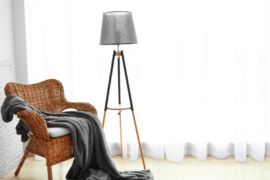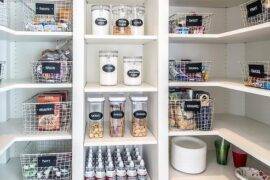Selecting the right rug for a small space can transform a cramped area into a cozy, stylish, and functional haven. Rugs not only add warmth and comfort, but they also play a crucial role in defining the aesthetic and spatial dynamics of a room. However, the process of choosing a rug for a smaller area comes with its own set of challenges. From deciding on the appropriate size, shape, and material to coordinating colors and patterns with your existing decor, every detail matters.
With careful consideration and a strategic approach, you can find a rug that enhances the visual appeal and functionality of your small space. This guide will walk you through the essential aspects to consider, ensuring that you make an informed decision that perfectly complements your home.
Understanding the Importance of Size
The size of the rug is arguably the most critical factor when it comes to small spaces. An appropriately sized rug can make the room feel larger and more cohesive. Measure your room meticulously and determine the area where you want to place the rug.

For living rooms, ensure that at least the front legs of your furniture can rest on the rug to create a unified look. In dining areas, the rug should be large enough to accommodate the table and chairs, even when the chairs are pulled out. A too-small rug can make the room feel disjointed, while an overly large one might overwhelm the space.
Choosing the Right Shape
The shape of the rug can significantly impact the visual flow of a room. Rectangular rugs are the most common choice and can elongate the appearance of a small space. However, don’t shy away from experimenting with round or oval rugs, especially in areas like foyers or under round dining tables, as they can soften the lines and create a more dynamic feel.
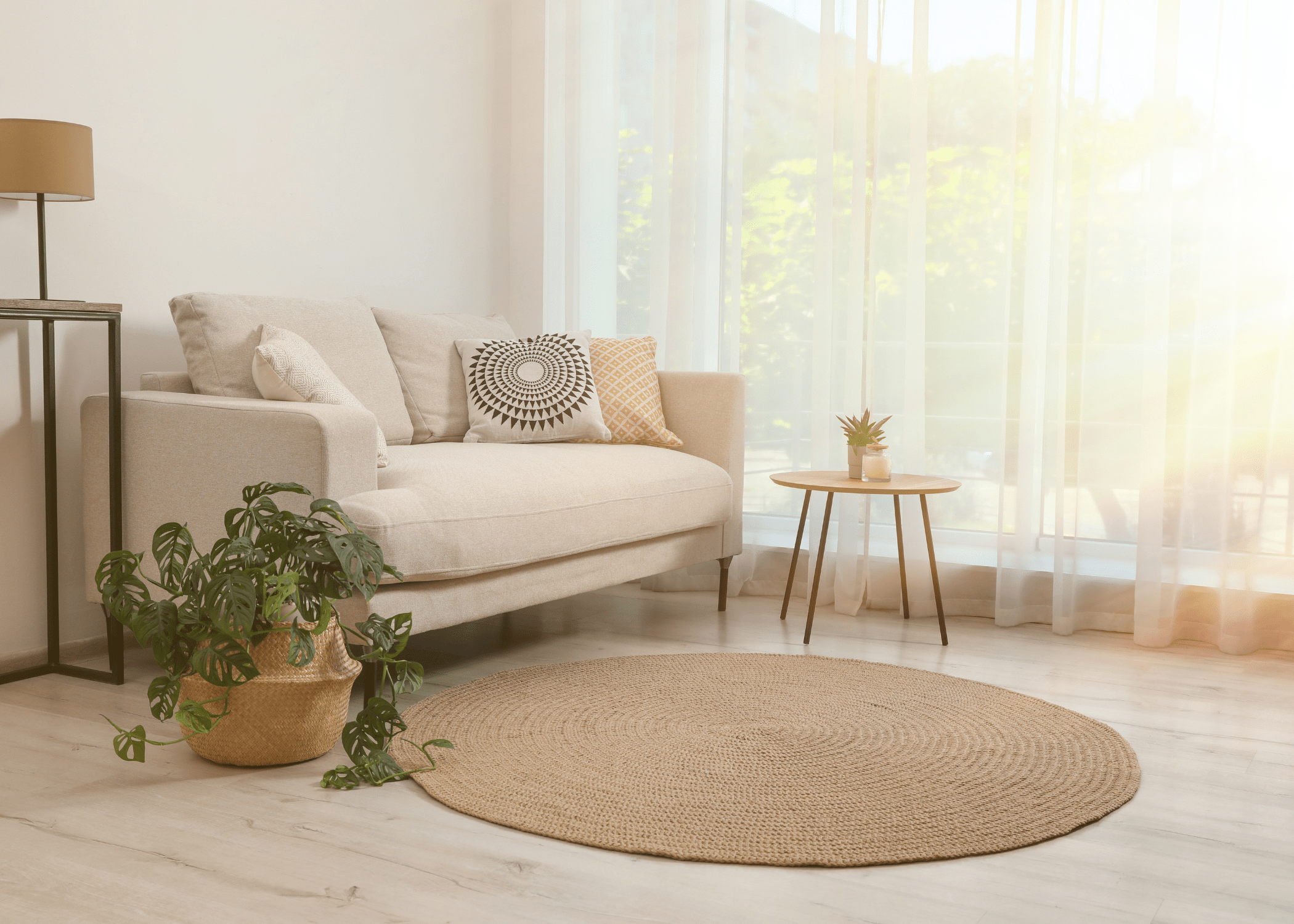
Square rugs can work well in more symmetrical spaces or under square furniture. The key is to match the rug’s shape with the room’s layout and the placement of your furniture. You can also experiment with staggering the rug by rotating it 45 degrees to see if that layout looks better.
Selecting the Best Material
Material plays a vital role in the durability and maintenance of your rug, especially in high-traffic areas. Wool rugs are a popular choice due to their softness, durability, and natural stain resistance. Synthetic fibers like nylon or polyester can mimic the look of wool at a lower cost and are often easier to clean. Natural fibers such as jute or sisal bring a rustic, earthy vibe but can be less comfortable underfoot.
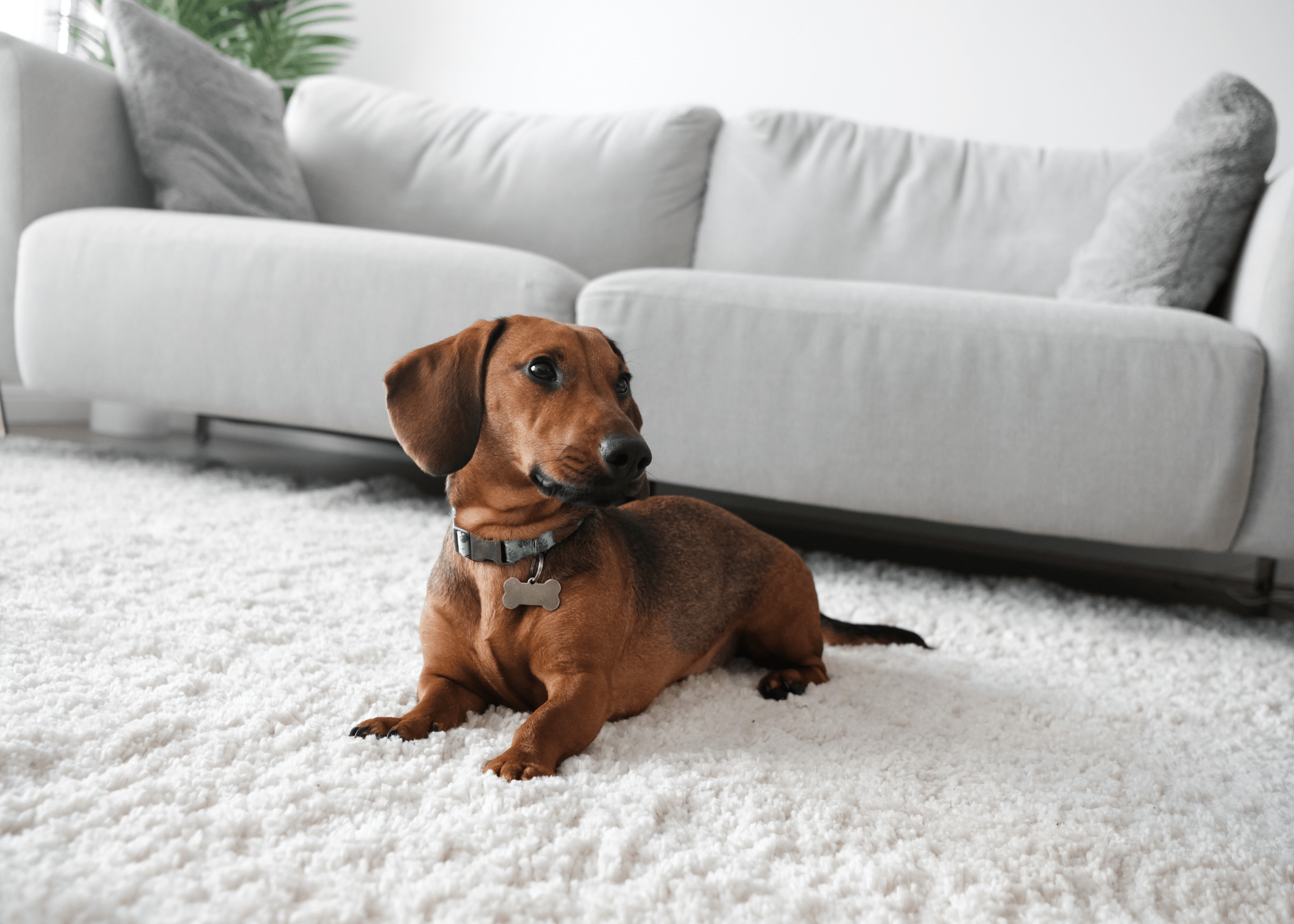
Consider your lifestyle and the specific needs of your space when choosing the material. For instance, if you have pets or children, a rug that is easy to clean and resilient to wear and tear might be your best bet.
Coordinating Colors and Patterns
The color and pattern of your rug can either make or break the aesthetic of your small space. Light-colored rugs can create an illusion of openness and make the room appear larger, while darker shades add warmth and coziness.
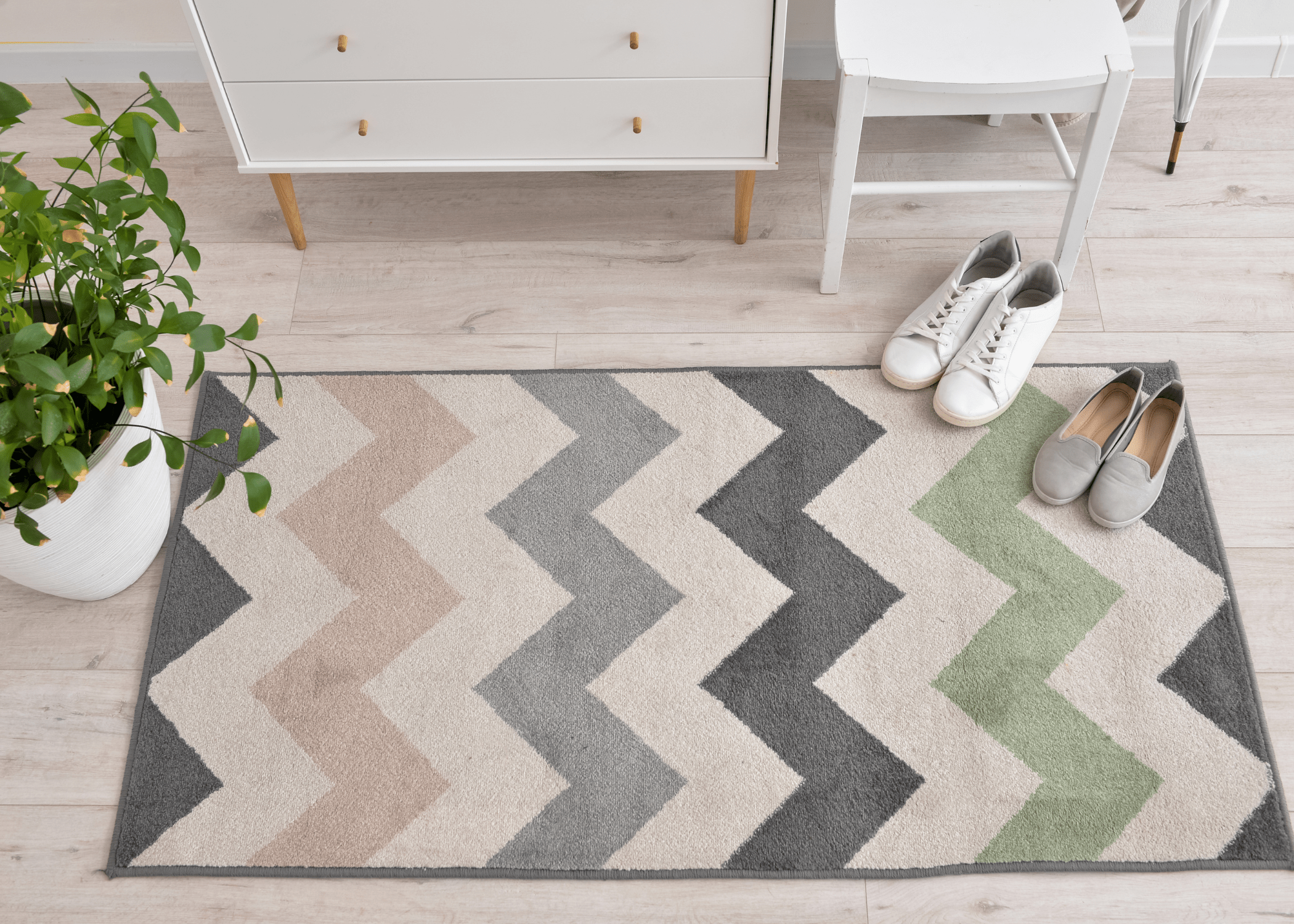
If your space is already busy with patterns and colors, opt for a solid or subtly patterned rug to maintain balance. Conversely, a bold-patterned rug can become the focal point in an otherwise neutral room. Stripes, geometric patterns, and florals are popular choices that can add character without overwhelming the space.
Considering the Room’s Function
Different rooms have different rug requirements based on their function. In a small bedroom, a plush, high-pile rug can add a touch of luxury and comfort underfoot. For a kitchen or bathroom, a low-pile or flat-weave rug is more practical as it is easier to clean and less likely to trap moisture.
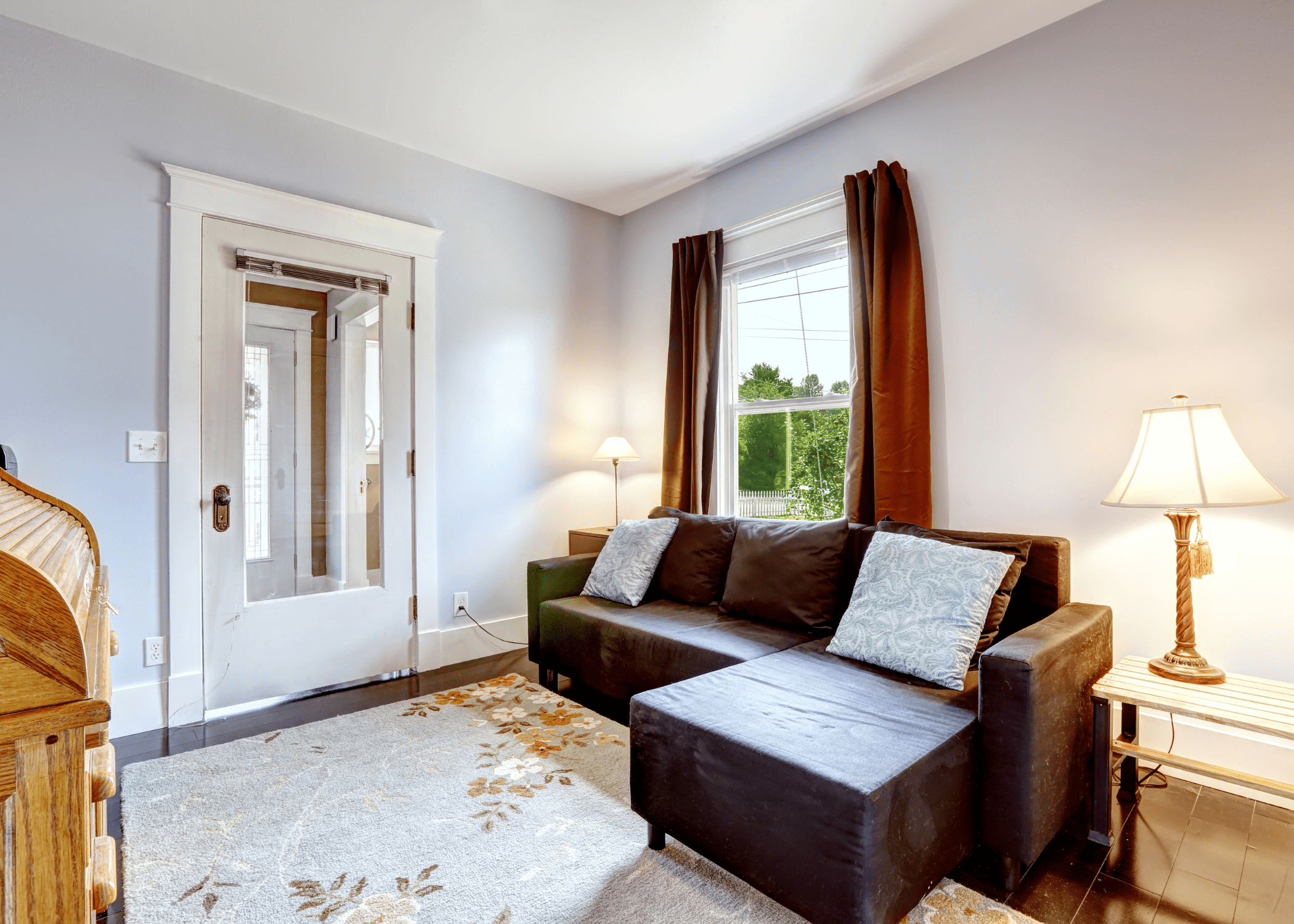
In a home office, an area rug can define the workspace and reduce noise, enhancing productivity. Think about how you use the room and choose a rug that complements its primary function while adding aesthetic value.
Balancing Style with Practicality
While aesthetics are important, practicality should not be overlooked. A beautiful rug that requires constant maintenance can quickly become a burden. Consider factors such as ease of cleaning, stain resistance, and durability when making your choice.
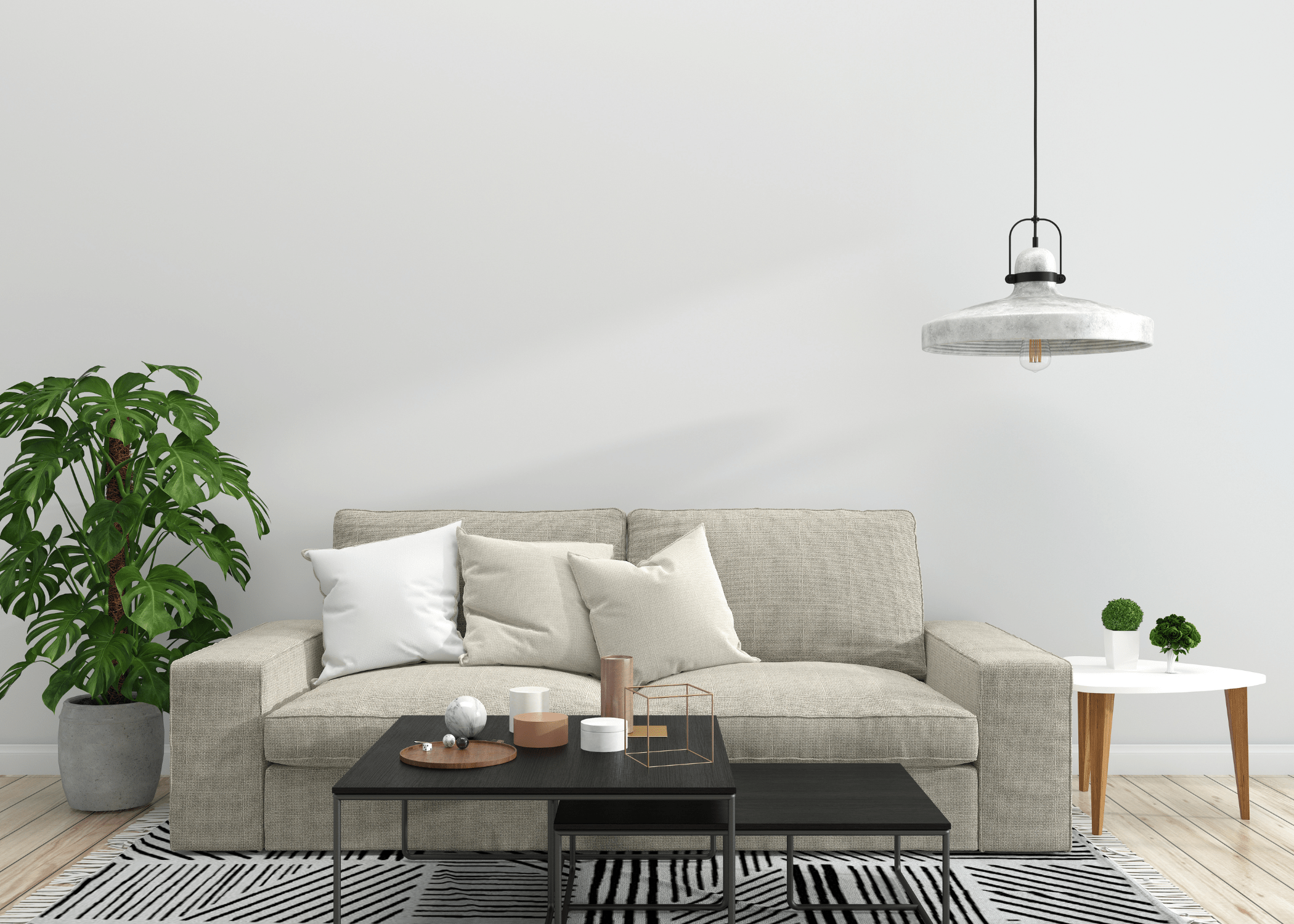
If you love the look of a high-maintenance rug, consider placing it in a low-traffic area or using it as an accent piece rather than the main floor covering. Layering rugs is another way to combine style and practicality, where a durable base rug is topped with a more delicate, statement piece.
Related Articles
- 20 Creative Entryway Rug Ideas for a Stunning Entrance
- Tips For Styling a Round Rug in a Living Room
- King Bed Rug Size Guide: Expert Tips and Suggestions
Choosing a rug for a small space doesn’t have to be daunting. By considering size, shape, material, color, function, and practicality, you can find a rug that not only fits your space but enhances it. With thoughtful planning and attention to detail, your small space can become a stylish, comfortable, and inviting area that reflects your personal taste and lifestyle.
Turn your house into the home of your dreams. Our newsletter provides you with design ideas and decor trends. Subscribe now to start your journey to a stunning home! Click here to subscribe now.



